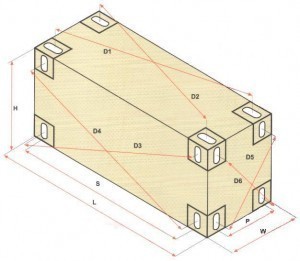Drill Sizes
Drill size charts allow users to determine what drill bits to utilize.  These are handy, but new users may find it confusing. The reason is various standards and measurements are used.
These are handy, but new users may find it confusing. The reason is various standards and measurements are used.
Varied Drill Measurements
Drill bits made in the U.S. state the size in fractional inch. But in other nations, the metric system is used instead. In addition, there are other non-standard sizing methods employed. But majority of the drill bits use the fraction or metric sizing convention.
The Metric Drill Bit Specifications
The metric drill bit specs define the bit diameter as a function of the regular metric length. In these drill size charts, the size is specified in millimeters (mm). They are written as 0.2 mm, 12.0 mm and 32 mm and so on.
The Fractional Inch Drill Specifications
The fractional inch used to be commonplace in many countries. Today, only a handful of countries, including the US, make use of it. The sizes are expressed as 1/64, 1 3/4, 3 1/4, and so on.
Although the system is still used in the US, it has some drawbacks. The first is that the increments in bit size are large, even in small sizes. Another problem is there is no standard denominator. This means there is no labeling like 64th of an inch.
Instead, the system classifies drill bits via irreducible fractions. Rather than classify a drill bit as 78/64, the number is expressed as 1 7/32 inch. To compare the drill specifications, the buyer has to conduct complex calculations. This can be time consuming and bewildering.
The Number Gauge System
There are still some US drill bit manufacturers based on the AWG (American Wire Gauge). This measurement is mostly used for twisted drill bits. The drill bits made here are labeled based on the gauge system. The biggest is 1 and the smallest is 80. From there it goes from A the smallest to Z the biggest.
Other Sizing Measurements
Various types of drill bit measurements are currently being used. However, the other measurements are only used in specialized applications. Some of the drill bits used in industries are actually made to order. These customized sizes will vary greatly.
When analyzing drill size charts, keep the variations mentioned earlier in mind. This will help you understand the different specifications used by the charts. Take the time to study the different measuring scales so there will be no confusion.





